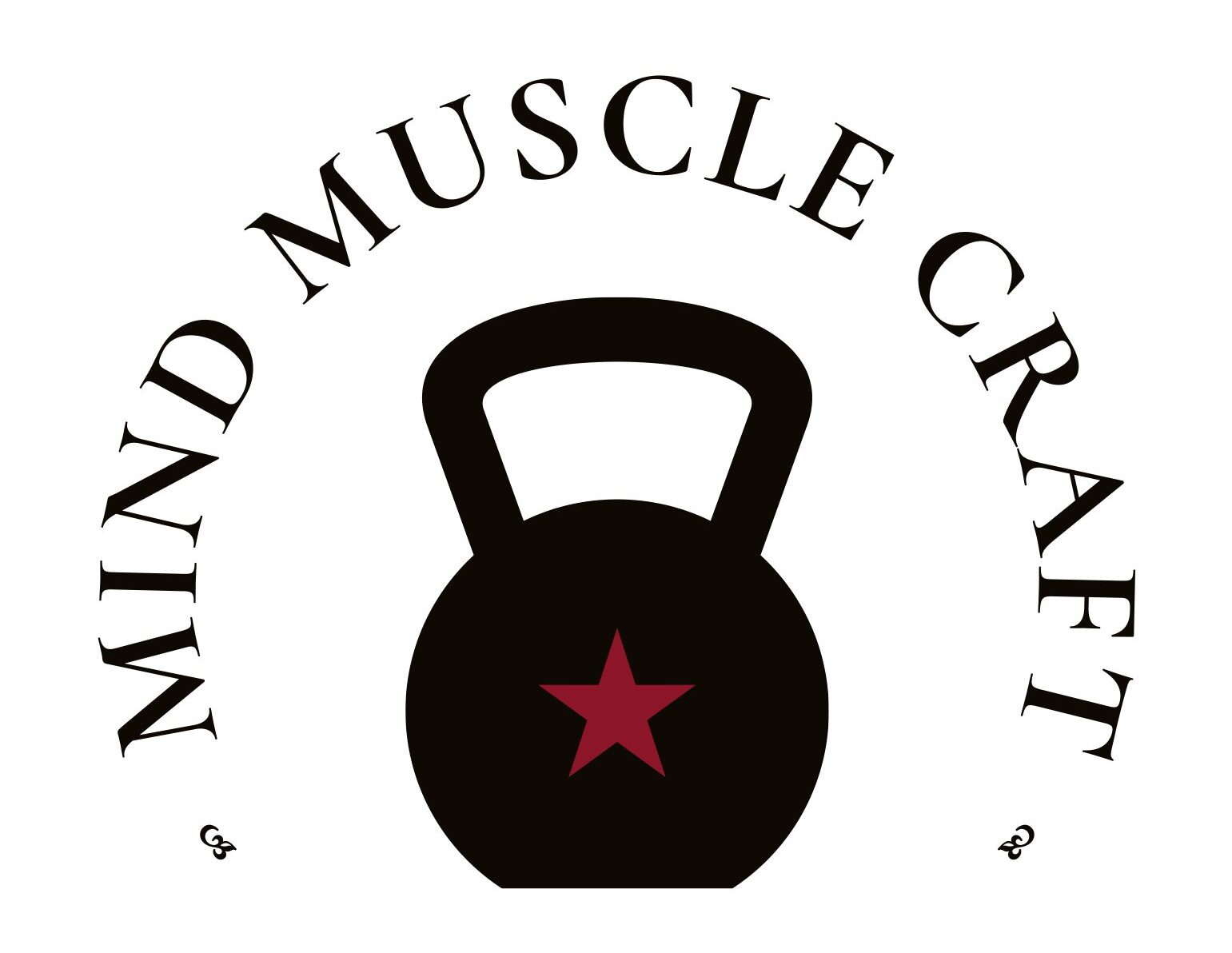When it comes to burning fat and building a lean physique, many people believe that training on an empty stomach or avoiding carbohydrates will force the body to use fat as fuel. While this idea may sound logical, the science tells a more complex story—especially during high-intensity workouts. In fact, when carbohydrate levels are low and cortisol (the stress hormone) is elevated, your body may begin breaking down muscle tissue instead of fat.
Understanding the Body’s Energy Hierarchy
The human body follows a specific metabolic priority system to generate energy. It first uses carbohydrates, which are the fastest and most efficient energy source—especially important during high-intensity training. Once carbohydrate stores (glycogen) are depleted, the body turns to fat, and under extreme conditions, to protein, which often comes from muscle tissue.
Fat is a rich energy source, but it’s slow to mobilize, particularly in anaerobic (non-oxygen-based) conditions like sprinting, resistance training, or HIIT. As a result, when carbs are unavailable, the body faces a dilemma—and often solves it by breaking down muscle to get the fuel it needs.
High-Intensity Training and the Role of Cortisol
Workouts like HIIT, circuit training, and heavy resistance sessions place significant demands on your system. During these sessions, carbohydrates are the preferred fuel, as they can be quickly converted to glucose to meet the energy demands. If your glycogen stores are low due to fasting, under-eating, or a strict low-carb diet, your body struggles to sustain performance.
That’s when cortisol enters the picture. This hormone helps regulate metabolism under stress. When released in higher amounts during intense, carb-depleted workouts, cortisol promotes gluconeogenesis—the conversion of amino acids (from broken-down muscle tissue) into glucose. This allows the body to maintain blood sugar levels—but at the expense of muscle mass.
🧠 Related Reading: Gluconeogenesis and Cortisol – National Library of Medicine
Why Doesn’t the Body Burn Fat Instead?
Fat requires oxygen to break down efficiently. During intense workouts, oxygen availability is limited, and fat metabolism is simply too slow to meet immediate energy demands. In contrast, breaking down protein (muscle) is a faster short-term solution. While it’s not the body’s first choice, it’s what happens under stress—especially in a carb-depleted state.
What About Keto and Fasting?
Ketogenic diets and intermittent fasting can increase fat adaptation over time and be effective for some goals. However, these approaches work better for low- to moderate-intensity exercise. If you’re regularly training at high intensities in a fasted or low-carb state, your risk of muscle breakdown increases unless your nutrition and recovery are dialed in.
How to Protect Muscle While Burning Fat
To preserve muscle while optimizing fat loss:
-
Fuel up with carbohydrates before high-intensity sessions.
-
Supplement with BCAAs or essential amino acids during workouts.
-
Recover with post-workout nutrition (protein + carbs).
-
Sleep well and manage stress, keeping cortisol in check.
-
Avoid chronic calorie deficits, which can lead to sustained cortisol elevation and muscle breakdown.
Final Thoughts
The belief that exercising on an empty stomach leads to faster fat burning is misleading—especially if your training is intense. When carbs are low and cortisol is high, your body may burn muscle before it taps into fat. If your goal is to build a lean, muscular body, then smart nutrition timing, recovery, and training strategies are essential.
The Ultimate Guide to Fat Loss & Hormonal Optimization Supplements

